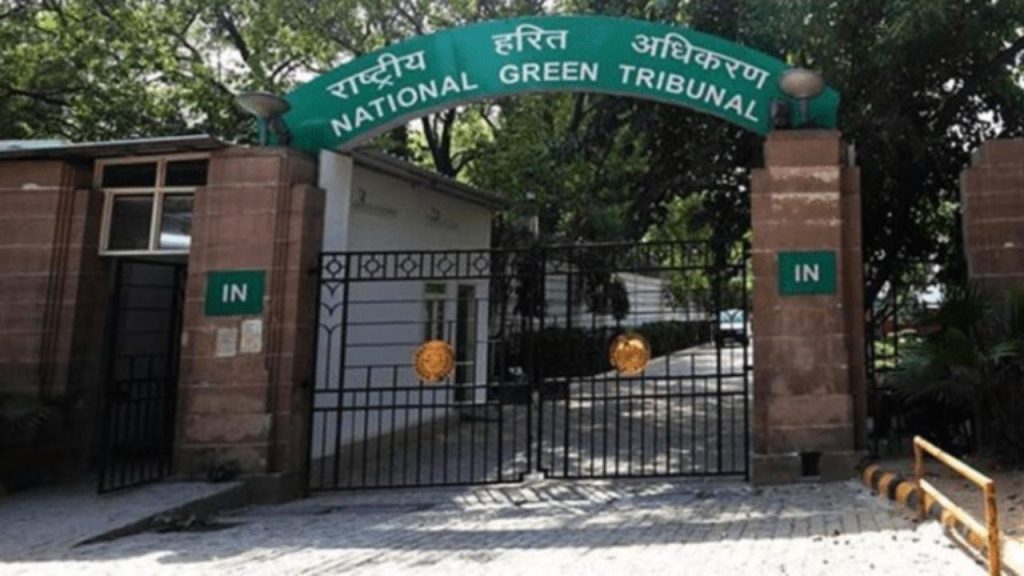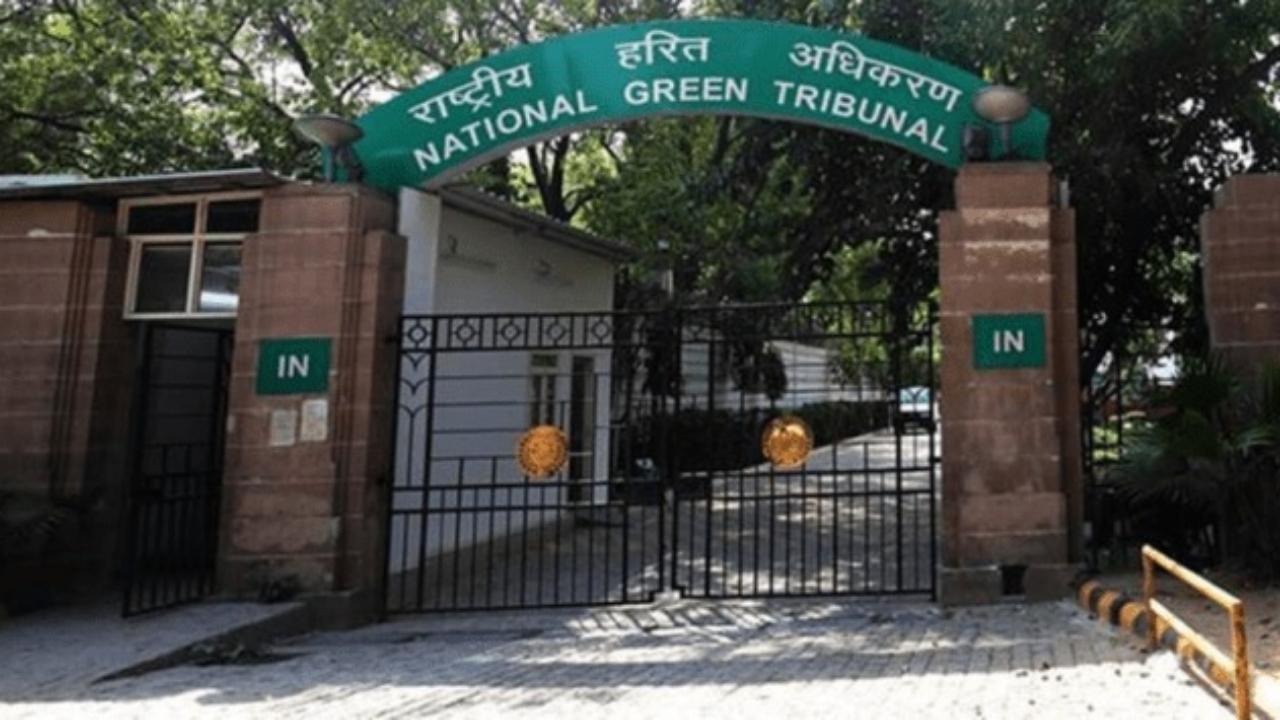The National Green Tribunal (NGT) has recently issued a stern notice to the Union Ministry of Environment, Forest and Climate Change, as well as the Odisha state government, calling out illegal construction activities on forest land in Jajpur district, Odisha. This notice comes as a result of allegations made by a local resident, Kailash Chandra Nayak, who claims that construction is taking place without the necessary forest clearance under the Forest (Conservation) Act of 1980. The issue has raised significant concerns about environmental conservation and the enforcement of laws meant to protect forested areas.

In this article, we’ll break down the facts, explore the legal framework, and provide practical advice on how these types of issues can be handled, both at a governmental and individual level. We’ll also dive into what the NGT’s stance means for environmental regulations across India and beyond.
NGT Calls Out Ministry and State Government
| Key Point | Details |
|---|---|
| NGT’s Notice | Issued to the Ministry of Environment, Forest, and Climate Change, and the Odisha Government. |
| Location | Jajpur District, Odisha. |
| Accusations | Unauthorized construction on forest land, including school buildings. |
| Legal Framework | Forest (Conservation) Act, 1980. |
| Action Taken | NGT has ordered counter affidavits within four weeks from officials. |
| Next Hearing Date | Scheduled for August 25, 2025. |
| Affected Areas | Danagadi and Sukinda blocks. |
| Construction Type | Includes classrooms and activity rooms in primary schools. |
| Funding Source | District Mineral Foundation (DMF) funds. |
For more details on the NGT’s official stance, visit their website.
The NGT’s notice regarding illegal construction on forest land in Odisha highlights the ongoing struggles between development and environmental conservation. It serves as a reminder that environmental laws exist for a reason — to protect our planet’s most valuable resources. By holding governments accountable, the NGT is helping ensure that future generations can enjoy a healthy, sustainable environment. As citizens, it’s our responsibility to stay informed, raise awareness, and support initiatives that protect our planet.
Understanding the NGT’s Action
What is the NGT?
The National Green Tribunal (NGT) is an essential body in India, designed to protect and preserve the environment. It was set up to provide speedy justice in environmental matters. The NGT has the authority to hear cases regarding environmental pollution, forest land violations, and natural resource management. In cases like this, the NGT plays a crucial role in holding both governmental bodies and private entities accountable for environmental violations.
In the case of Jajpur district, the NGT’s involvement comes after Kailash Chandra Nayak filed a petition regarding the unauthorized constructions on forest land. According to the petition, construction is happening without the necessary clearance from the Ministry of Environment, Forest and Climate Change (MoEFCC). This is a direct violation of the Forest (Conservation) Act of 1980, a key piece of legislation aimed at preventing deforestation and promoting sustainable land use.
What Are the Allegations?
The allegations are that the construction, including schools and other infrastructure, is being carried out in Danagadi and Sukinda blocks of Jajpur district, Odisha. The work is reportedly being financed by the District Mineral Foundation (DMF) funds and authorized by the Jajpur district collector. However, the work does not have the required forest clearance, a necessary step for any construction on forest land. The Forest (Conservation) Act requires that land cannot be diverted for non-forest purposes, such as construction, without the central government’s approval.
The petitioner, Nayak, claims that despite his representation on March 30, authorities took no action, prompting the NGT to intervene. This lack of enforcement raises concerns about the adherence to environmental regulations, particularly the Forest (Conservation) Act, which plays a pivotal role in protecting India’s forests.
Why is This a Big Deal?
The Legal Landscape: Forest (Conservation) Act, 1980
To understand the gravity of the situation, it’s important to know the Forest (Conservation) Act, 1980. This law is crucial for the protection of forests in India. It states that no forest land can be diverted for non-forest purposes, like construction, without clearance from the Ministry of Environment, Forest and Climate Change. This ensures that forest areas are not compromised for development and that environmental balance is maintained.
Unauthorized construction, especially in protected areas like forests, can lead to habitat destruction, loss of biodiversity, and negative impacts on the ecosystem. It also sets a bad precedent, making it more likely for other areas to be exploited similarly.
The Impact on Local Communities
For local communities, the consequences can be severe. Forest land is home to many indigenous groups and local populations who rely on these areas for their livelihoods, culture, and survival. Building structures without proper legal approval can disrupt these communities, displace wildlife, and alter the landscape forever.
Moreover, illegal construction can also undermine the long-term sustainability of local development. While the intention behind the projects may be to improve infrastructure (like building schools), doing so without considering the environmental costs can harm the very people these projects are meant to help.
What Does the NGT’s Notice Mean?
The NGT’s notice is a wake-up call for both the state and national governments to be more stringent in enforcing environmental laws. By holding the Odisha government and the Ministry of Environment accountable, the NGT is sending a strong message about the importance of complying with the law and respecting the environment.
This proactive stance by the NGT is a positive step in ensuring that such incidents don’t go unnoticed and that those responsible are held accountable. It also underscores the need for the District Mineral Foundation and other funding agencies to be more cautious and responsible in approving construction projects that affect natural resources.
What Happens Next?
Legal and Administrative Steps
Following the notice, the NGT has instructed the relevant authorities, including the district collector, local block development officers (BDOs), and the divisional forest officer, to submit their counter affidavits within four weeks. This will allow the NGT to review the case more thoroughly and decide on further actions. The next hearing is scheduled for August 25, 2025, which will provide a more detailed update on the situation.
If the authorities fail to provide the necessary clearances or explanations, further legal steps will be taken, which could include penalties or halting the construction activities altogether. Additionally, this case may set a precedent for other similar cases across India, encouraging more rigorous enforcement of forest protection laws.
Frequently Asked Questions
1. What is the Forest (Conservation) Act?
The Forest (Conservation) Act of 1980 is a law in India that regulates the diversion of forest land for non-forest purposes, such as construction. It requires that any such activity must receive clearance from the central government.
2. What is the National Green Tribunal (NGT)?
The NGT is a judicial body that handles environmental matters in India. It has the authority to take action against violations of environmental laws and hold government bodies accountable for non-compliance.
3. What does the NGT’s notice to the Odisha government mean?
The NGT’s notice calls out the Odisha government and officials for permitting construction on forest land without the necessary environmental clearance. The tribunal has asked for responses from these authorities.
4. What are the consequences of illegal construction on forest land?
Illegal construction on forest land can lead to environmental degradation, loss of biodiversity, and destruction of habitats. It can also disrupt local communities and wildlife.
5. How can people help protect forest land?
Individuals can report illegal construction activities to environmental authorities, raise awareness, and support organizations working to protect natural resources and enforce laws like the Forest (Conservation) Act.





